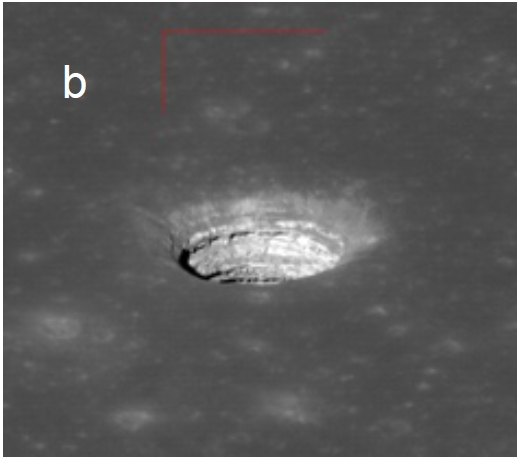Mo Brooks (R-Alabama), the new chairman of the House subcommittee that oversees National Science Foundation (NSF), NASA, the Department of Energy, and the Department of Commerce, gives his perspective on science and the budget. Two quotes of interest:
Q: Do you believe that federal research should be exempt from a rollback in federal spending to 2008 levels?
Brooks: I would love for that to happen. But we just don’t have the money. … We have no choice but to look at everything. If we don’t balance our budget over a short period of time, the federal government is going to collapse and there won’t be money for any of these things. So if we’re going to save money for research and advancement in science, we’re going to have to get our house in order now.
Q: Do you think the government should increase funding on research once things turn around?
Brooks: Do you mean if the budgetary situation turns around? I don’t see that happening in the next 4 to 5 years. We’ve got a $1.5 trillion budget deficit, and Admiral Mullen, head of the Joint Chiefs of Staff, has declared it the number one security threat to the country. And if our creditors would cut us off, there would be zero money for national defense or NSF or anything else.
Note how the interviewer, from Science, can’t seem to get his head around the idea of budget cuts.
Q: Is human activity causing global warming?
Brooks: That’s a difficult question to answer because I’ve talked to scientists on both sides of the fence, especially at the University of Alabama at Huntsville. Some say yes, and some say no. I’m also old enough to remember when the same left-wing part of our society was creating a global cooling scare in order to generate funds for their pet projects. So 30-some years ago, the big scare was global cooling, and once they drained the government, they shifted to global warming. So I’m approaching the issue with a healthy degree of skepticism. If the evidence is there to prove it, then so be it.


